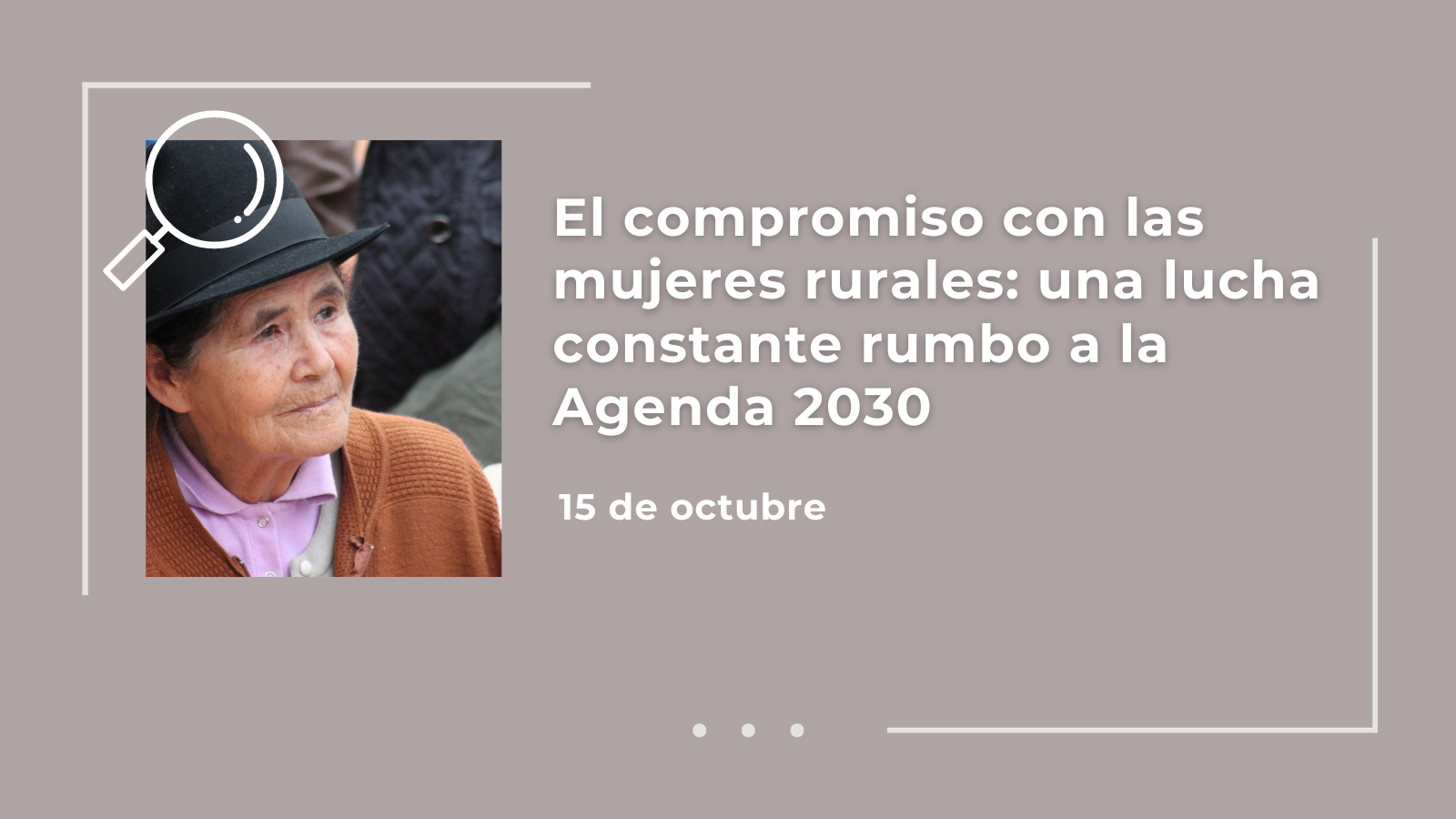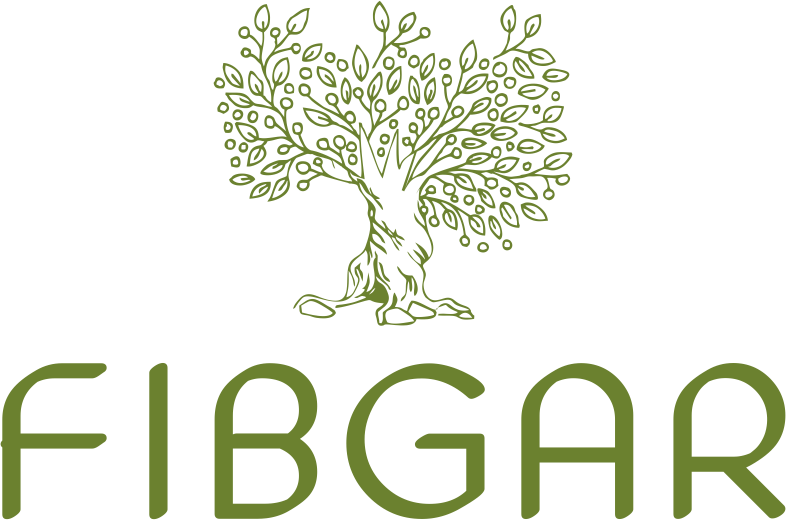
Commitment to rural women: an ongoing struggle towards the 2030 Agenda
Every October 15, since 2007, the work of rural and indigenous women around the world is commemorated. Under the initiative of the United Nations, Resolution 62/136, approved on December 18, 2007, recognized the importance of women living in rural areas, so that work could be done to improve their situation. Considering that women are already part of a vulnerable group, the fact that they belong to the rural context places them in a position with differences that deserve to be highlighted in order to be addressed. Such as, for example, lower salaries, lack of recognition as an authority in their environment, poor sanitation, lack of access to drinking water, victims of child marriage, among others. For this reason, the socioeconomic empowerment of rural women through the creation of programs to seek equality not only with their male counterparts, but also with urban women, is a priority.
On the other hand, not everything is part of a negative spectrum. The work done by rural women is more than outstanding. To begin with, they are in charge of working the land, linked to the food security of their communities; they are also responsible for the preservation of the biodiversity of their work and living areas, as well as the development and survival of agroecological practices that have been maintained from generation to generation, playing a major role in terms of food sovereignty.
The link between rural women and the 2030 Agenda for Sustainable Development cannot be forgotten either. Therefore, we will develop the link between them and each objective below. As for Objective 1, linked to the end of poverty, Approximately 80% of the population living in extreme poverty lives in rural areas.However, the value of women as agents of poverty eradicationattached to sustainable agricultural and rural development has implied a change in theDespite the existence of inequalities that still deserve to be reformed. Goal 2, zero hunger, is probably one of the most important in terms of rural women, because of their participation in food sovereignty and food security, are large small-scale food producerswhich configures them as food suppliersThe company’s participation in the supply of these products is essential.
In Objective 3, health and well-being, we find the great deficiency that exists for rural women with respect to urban women, including all aspects of health, both access to services, as well as sexual and reproductive health. In 2021, approximately 73% of births among rural mothers were attended by skilled health personnel; in contrast to 92% of urban mothers, noting that there is still a distinction between these two groups of women. With respect to Objective 4, quality education, it should be noted that, among adults, women continue to be more likely to be illiterate than men, and are more likely to lag behind in rural areas. This shows that many of them do not even finish high school, which is a serious problem for women’s empowerment and future decision-making in all aspects, especially within their community.
With respect to Objective 5, gender equality, this is one of the main objectives, since there is no equality with its male counterpart. the elimination of all types of discrimination, and of violence against rural women and girlsin all areas of your life. With regard to Goal 6, clean water and sanitation, it is important that the respective States invest in drinking water and sanitation for rural areas in order to prevent epidemics that could harm their inhabitants. In the case of women, it is much more complicated, since they are often responsible for fetching water in these areas. Goal 7, affordable and clean energy, has a double parameter with respect to women; first, are known as important agents of change in sustainable energy.However, they are also the responsible for harvesting biomass and using it for this productionThis implies risks to their health, so government intervention is needed for the development of solar energy or other low-cost sustainable energy sources that they can use. With regard to Goal 8, decent work and economic growth, it should be borne in mind that agriculture is the most important employment sector for women living in rural areas, as it is part of the informal economy, with no labor rights and a greater possibility of exploitation. Within Objective 9, industry, innovation and infrastructure, women should have more support and incentives from their respective countries so that they can be part of the cultural and creative industriesThe aim is also to diversify and increase their productivity, depending on the branch of agriculture they are developing.
With regard to Goal 10, reduction of inequalities, it is important to emphasize the following the major barriers faced by women and girls living in rural areasTherefore, concise measures are needed to enable them to escape from their situation of poverty, guaranteeing the exercise of their rights. Goal 11, sustainable cities and communities, would be linked to Goal 12, sustainable production and consumption; as well as to Goal 13, climate action, since rural women’s way of life involves a constant struggle against climate changeand their practices are, for the most part, responsible with the environment and their communities.
Both Objective 14, underwater life, and Objective 15, terrestrial ecosystem life, would be linked to the respect for the land and its inhabitants that these women practice. Both with artisanal fishing and with access to land, forest, water or marine resources. Finally, Goal 16, peace, justice and strong institutions; and Goal 17, partnerships to achieve the goals, would involve a direct intervention of the State to guarantee the resolution of conflicts between rural areas in a fair manner.such as the cases of domestic violence that, unfortunately, many rural women suffer. In addition, there is a need to improve global partnerships, so that each agency can provide its respective assistance to this specific population.
From the analysis of the 17 Sustainable Development Goals and their link to rural women, we can say that, undoubtedly, their contribution is abundant, as well as their degree of vulnerability, so this day leads to reflection in order to improve their status.
Lessa Verushka Saer Lopez, FIBGAR collaborator.



